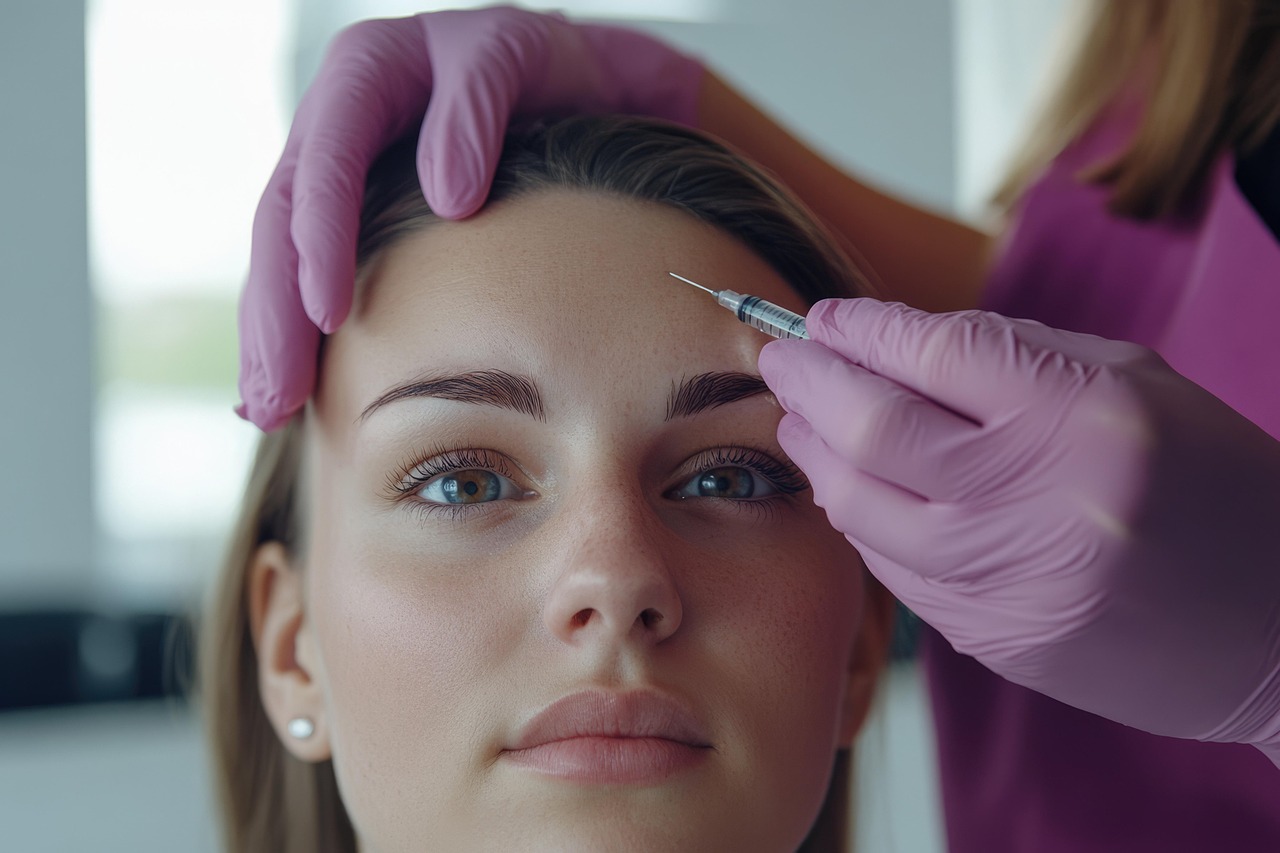Dark Spot Removal: What You Should Know Before Considering Treatment
Dark spots on the skin can be a source of concern for many individuals, affecting their confidence and overall appearance. As the demand for effective treatments grows, it's crucial to understand the underlying causes and available options before pursuing any removal procedures. This article delves into the essential aspects of dark spot removal, providing valuable insights to help you make informed decisions about potential treatments.

Why Do Dark Spots Develop?
Dark spots, also known as hyperpigmentation, can occur for various reasons. Understanding the root causes is the first step in addressing this common skin concern:
-
Sun exposure: Prolonged and unprotected exposure to UV rays can trigger an overproduction of melanin, leading to dark spots.
-
Hormonal changes: Pregnancy, birth control pills, and other hormonal fluctuations can cause melasma, a type of hyperpigmentation.
-
Post-inflammatory hyperpigmentation: Skin injuries, acne, or other inflammatory conditions can leave dark marks as they heal.
-
Aging: As we age, the distribution of melanin in our skin can become less uniform, resulting in age spots.
-
Certain medications: Some drugs can increase skin sensitivity to sunlight or alter melanin production.
Non-Invasive Options for Dark Spot Reduction
For those seeking to address dark spots, several non-invasive treatments are available:
-
Topical treatments: Over-the-counter and prescription creams containing ingredients like hydroquinone, kojic acid, or vitamin C can help lighten dark spots over time.
-
Chemical peels: These treatments use acids to exfoliate the skin’s surface, promoting cell turnover and reducing the appearance of dark spots.
-
Microdermabrasion: This technique uses tiny crystals to gently remove the top layer of skin, potentially improving the appearance of superficial dark spots.
-
Laser therapy: Various types of lasers can target melanin in the skin, breaking down pigmented areas without damaging surrounding tissue.
-
Intense Pulsed Light (IPL): This technology uses multiple wavelengths of light to target dark spots and stimulate collagen production.
What to Consider Before Treatment
Before embarking on any dark spot removal treatment, it’s essential to consider the following factors:
-
Skin type and tone: Certain treatments may be more effective or carry different risks depending on your skin characteristics.
-
Underlying cause: Identifying the root cause of your dark spots can help determine the most appropriate treatment approach.
-
Treatment duration: Some methods may require multiple sessions or ongoing maintenance to achieve and maintain desired results.
-
Potential side effects: Each treatment option carries its own set of possible side effects, which should be thoroughly discussed with a healthcare provider.
-
Downtime and recovery: Consider how much time you can dedicate to recovery, as some treatments may require a period of healing.
Average Cost Range in the U.S.
The cost of dark spot removal treatments can vary widely depending on the chosen method, provider, and location. Here’s a general overview of average costs for common treatments:
| Treatment | Provider Type | Cost Estimation |
|---|---|---|
| Topical creams | Over-the-counter | $10 - $50 per product |
| Prescription creams | Dermatologist | $50 - $200 per prescription |
| Chemical peels | Med spa or dermatologist | $100 - $400 per session |
| Microdermabrasion | Med spa or dermatologist | $75 - $300 per session |
| Laser therapy | Dermatologist or plastic surgeon | $200 - $1,500 per session |
| IPL treatment | Med spa or dermatologist | $300 - $600 per session |
Prices, rates, or cost estimates mentioned in this article are based on the latest available information but may change over time. Independent research is advised before making financial decisions.
It’s important to note that multiple sessions may be required for optimal results, potentially increasing the overall cost of treatment. Additionally, maintenance treatments might be necessary to preserve the effects long-term.
Choosing the Right Treatment Approach
Selecting the most appropriate dark spot removal treatment depends on various factors, including the severity of your hyperpigmentation, budget, and personal preferences. Consider the following steps:
-
Consult a dermatologist: A professional can assess your skin condition and recommend the most suitable treatment options.
-
Start with less invasive methods: Begin with topical treatments or gentle procedures before considering more intensive options.
-
Prioritize sun protection: Regardless of the chosen treatment, protecting your skin from further sun damage is crucial for preventing new dark spots and maintaining results.
-
Be patient: Results may take time to become visible, and consistency in treatment and skincare routine is key.
-
Consider combination therapies: In some cases, a combination of treatments may yield the best results.
In conclusion, dark spot removal is a complex process that requires careful consideration and often professional guidance. By understanding the causes, available treatments, and important factors to consider, you can make more informed decisions about addressing hyperpigmentation concerns. Remember that results may vary, and maintaining a consistent skincare routine, including sun protection, is essential for long-term skin health and appearance.
This article is for informational purposes only and should not be considered medical advice. Please consult a qualified healthcare professional for personalized guidance and treatment.




